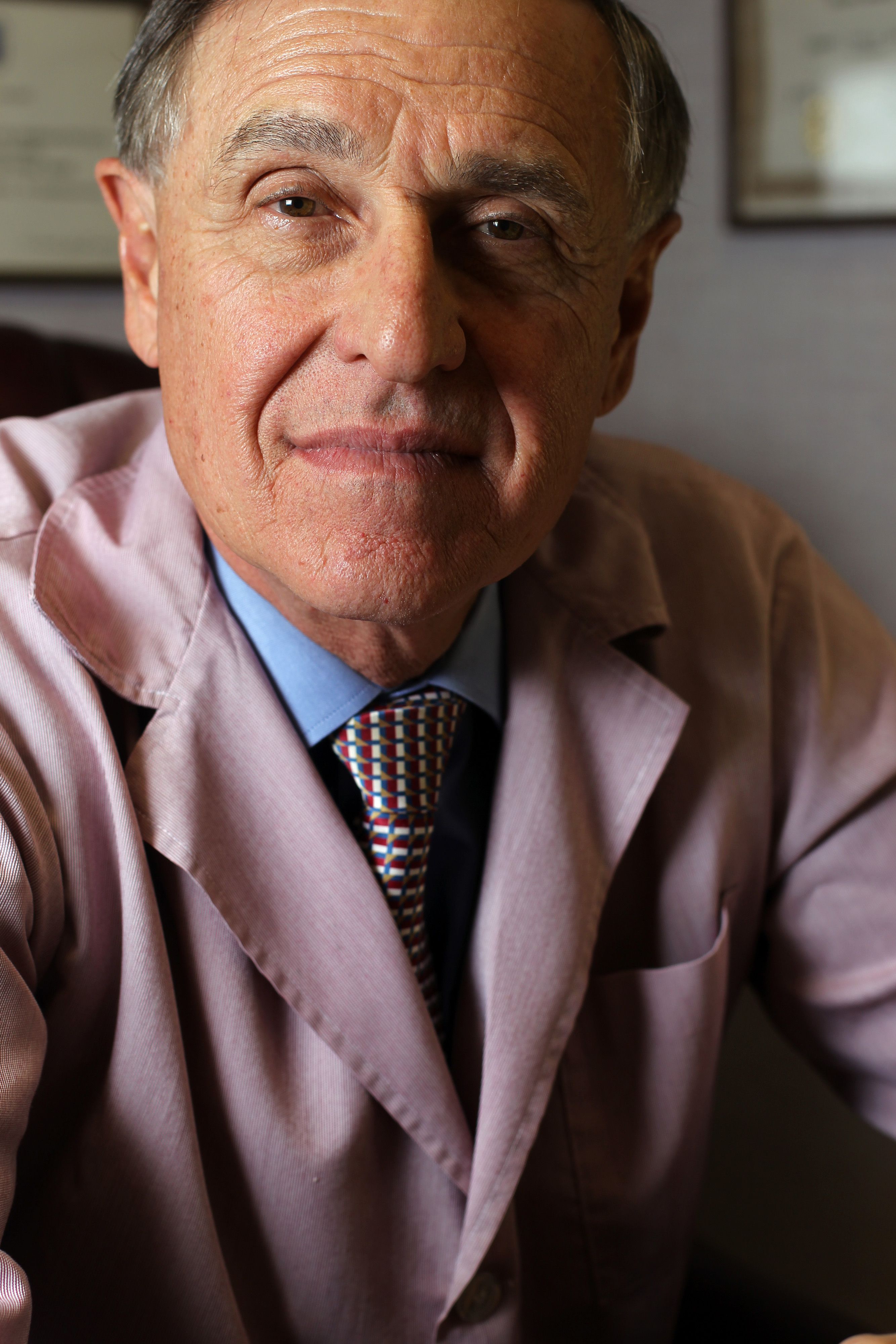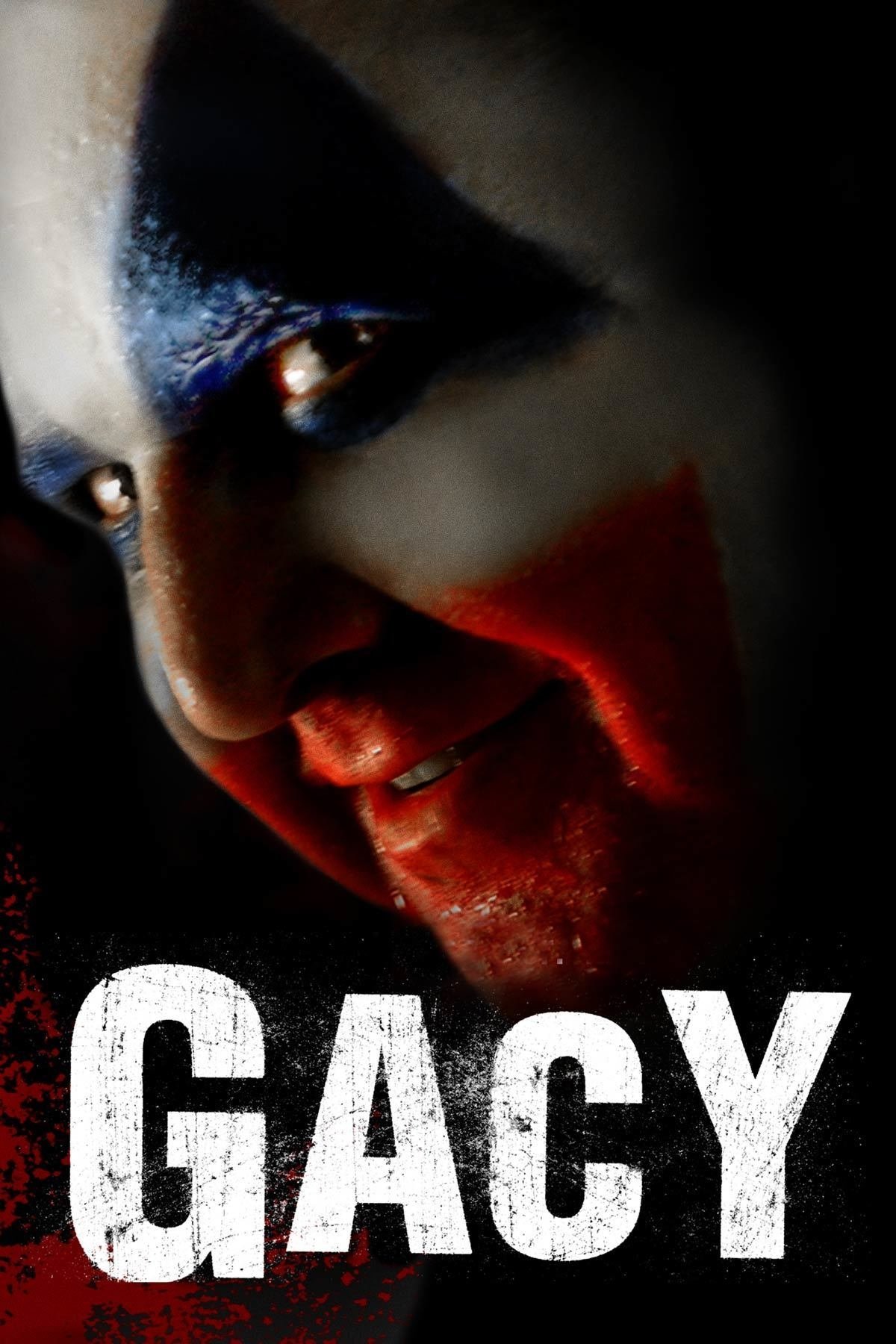Michael Gacy: The Disturbing Truth Behind The Killer Clown
When you hear the name Michael Gacy, what comes to mind? For many, it's a chilling reminder of one of America's darkest chapters in criminal history. Known as the "Killer Clown," Gacy's story is not just about crime but a deep dive into the psyche of a man who wore a mask—literally and figuratively. His life and crimes have fascinated and terrified audiences worldwide, sparking countless documentaries, books, and even movies. But who was Michael Gacy beyond the headlines? Let's peel back the layers and uncover the truth behind this infamous figure.
Picture this: a man who seemed like an ordinary guy, active in his community, and even famous for his clown performances at children's parties. Sounds like someone you'd trust, right? Wrong. Michael Gacy was anything but ordinary. His dark secrets, hidden beneath a veneer of normalcy, would shock the world when they were finally revealed. His story serves as a stark reminder that evil can wear many faces.
Before we dive deeper into the grim details, let's set the stage. This article isn't just about recounting Gacy's crimes; it's about understanding the man behind the moniker. We'll explore his early life, the events that led to his downfall, and the lasting impact he's had on true crime enthusiasts and law enforcement alike. So, buckle up, because this is going to be a wild ride.
- Hdhub4u Page 1 Your Ultimate Guide To Downloading Movies And Tv Shows
- Hdhub4u In Movie Your Ultimate Destination For Highquality Entertainment
Biography of Michael Gacy
Before we delve into the gruesome details of Michael Gacy's crimes, it's essential to understand the man himself. Below is a brief overview of his life, presented in a table for easy reference.
| Full Name | Michael Anthony Gacy Jr. |
|---|---|
| Birth Date | March 17, 1942 |
| Place of Birth | Chicago, Illinois, USA |
| Occupation | Contractor, Entertainer (as "Pogo the Clown") |
| Known For | Serial killer responsible for the murders of at least 33 young men and boys |
| Date of Death | May 10, 1994 (executed by lethal injection) |
Early Life and Background
Michael Gacy's early years were marked by a troubled family life. Born in Chicago, Illinois, on March 17, 1942, Gacy grew up in a household plagued by domestic violence. His father, a strict disciplinarian, often subjected him to physical abuse. This tumultuous upbringing is often cited as a contributing factor to Gacy's later psychological issues.
Gacy's academic performance was lackluster, and he struggled to fit in with his peers. Despite these challenges, he managed to graduate from high school and later pursued various business ventures, including working as a restaurant manager and starting his own construction company. It was during this time that he began performing as "Pogo the Clown," a persona that would later become synonymous with his public identity.
- Sophie Rain Leaks The Truth Behind The Controversy Unveiled
- Ullu Web Series Vegamovies Your Ultimate Guide To Streaming And Downloading
Gacy's Criminal Career
The transformation from a seemingly ordinary citizen to one of America's most notorious serial killers didn't happen overnight. Gacy's criminal career began with a series of burglaries and frauds but soon escalated to much darker territory. His victims, primarily young men and boys, were lured with promises of work or friendship, only to meet a tragic end.
How Gacy Lured His Victims
Gacy had a knack for blending into his community, which made it easier for him to prey on unsuspecting victims. Here's how he typically operated:
- Offered jobs to young men through his construction business.
- Used his persona as "Pogo the Clown" to gain trust and access to children and families.
- Invited victims to his home under various pretexts.
His ability to manipulate and deceive was chillingly effective, enabling him to carry out his crimes without raising suspicion for years.
The Discovery of Gacy's Crimes
The unraveling of Gacy's dark secrets began in December 1978, when the disappearance of 15-year-old Robert Piest sparked a massive investigation. Police soon discovered that Piest was the last known victim to visit Gacy's home. A subsequent search of Gacy's property revealed the horrifying truth: the bodies of his victims buried in the crawl space beneath his house.
Key Evidence in the Investigation
The investigation into Gacy's crimes was meticulous and relied on several key pieces of evidence:
- Confessions obtained during interrogations.
- Forensic evidence linking Gacy to the victims.
- Testimonies from surviving victims who had escaped his clutches.
The evidence was overwhelming, and Gacy was eventually charged with 33 counts of murder.
Gacy's Trial and Sentencing
Gacy's trial was one of the most publicized criminal cases of its time. The prosecution presented a mountain of evidence, including Gacy's own confessions. Despite his defense team's attempts to argue for insanity, the jury found him guilty on all counts. Gacy was sentenced to death, a punishment that many felt was fitting for his heinous crimes.
Public Reaction to the Verdict
Public sentiment was largely in favor of the verdict, with many viewing it as a form of justice for the victims and their families. The case also sparked a national conversation about the nature of evil and the need for stronger protections against serial predators.
Psychological Profile of Michael Gacy
Understanding the mind of a serial killer is a complex task, and Gacy's case is no exception. Psychologists and criminologists have long debated the factors that contributed to his violent tendencies. While no definitive answers exist, several theories have been proposed:
- Trauma experienced during childhood, including physical abuse and neglect.
- A possible undiagnosed mental illness, such as antisocial personality disorder.
- Environmental influences, including exposure to violence and crime in his community.
These factors, combined with his own choices and actions, painted a picture of a man driven by a dark and destructive compulsion.
Legacy and Impact
Michael Gacy's legacy extends far beyond his criminal acts. His case has had a lasting impact on law enforcement practices, forensic science, and public awareness of serial killers. The term "Killer Clown" has become a cultural touchstone, symbolizing the duality of good and evil.
How Gacy's Case Changed Crime Investigation
Gacy's case was instrumental in advancing forensic techniques and improving investigative methods. Here are some of the key changes:
- Increased emphasis on psychological profiling in criminal investigations.
- Development of better tools for detecting and analyzing DNA evidence.
- Enhanced collaboration between law enforcement agencies across jurisdictions.
These advancements have undoubtedly saved lives and brought countless criminals to justice.
The Media's Role in Gacy's Story
From the moment Gacy's crimes were uncovered, the media played a crucial role in shaping public perception. The coverage was extensive, with newspapers, television, and radio outlets vying for the latest scoop. This intense media scrutiny helped bring attention to the case but also raised ethical questions about the portrayal of victims and their families.
Positive and Negative Aspects of Media Coverage
While the media coverage brought Gacy's crimes to light, it also had its downsides:
- Positive: Raised awareness about the dangers of serial predators and the importance of vigilance.
- Negative: Sensationalized reporting sometimes overshadowed the real human tragedies involved.
Striking a balance between informing the public and respecting the dignity of victims remains a challenge for journalists today.
Gacy in Popular Culture
Michael Gacy's story has been adapted into numerous films, documentaries, and books, each offering a unique perspective on his life and crimes. These adaptations have kept his memory alive, ensuring that his victims are not forgotten. Some notable examples include:
- "The Killer Clown," a documentary that explores the investigation and trial.
- "Gacy," a biographical film starring John Malkovich as the infamous killer.
These works continue to captivate audiences, sparking discussions about the nature of evil and the resilience of the human spirit.
Lessons Learned from Gacy's Case
The story of Michael Gacy serves as a cautionary tale about the dangers of complacency and the importance of vigilance. It also highlights the need for better mental health resources and support systems to help individuals before they reach a breaking point.
What Can We Do to Prevent Future Tragedies?
Preventing tragedies like those caused by Gacy requires a multi-faceted approach:
- Improving access to mental health services for at-risk individuals.
- Enhancing community awareness and education about the signs of potential danger.
- Supporting law enforcement with the tools and training they need to identify and apprehend predators.
By taking these steps, we can honor the memory of Gacy's victims and work toward a safer future.
Conclusion
In conclusion, Michael Gacy's story is one of the darkest chapters in American criminal history. His crimes shocked the nation and left an indelible mark on the true crime genre. Yet, from this tragedy, we can draw important lessons about the nature of evil, the importance of vigilance, and the need for compassion and understanding.
So, what can you do? Start by staying informed, supporting mental health initiatives, and advocating for stronger protections against predators. Share this article with others, and let's keep the conversation going. Together, we can make a difference.
Table of Contents
- Biography of Michael Gacy
- Early Life and Background
- Gacy's Criminal Career
- The Discovery of Gacy's Crimes
- Gacy's Trial and Sentencing
- Psychological Profile of Michael Gacy
- Legacy and Impact
- The Media's Role in Gacy's Story
- Gacy in Popular Culture
- Lessons Learned from Gacy's Case
- Todd Palins New Wife A New Chapter In His Life
- Mkvmoviespoint All Movies Your Ultimate Guide To Downloading Movies

Michael Gacy Everything To Know About John Wayne Gacy vrogue.co

Michael Gacy Son Of John Wayne

Gacy (2003) Posters — The Movie Database (TMDB)